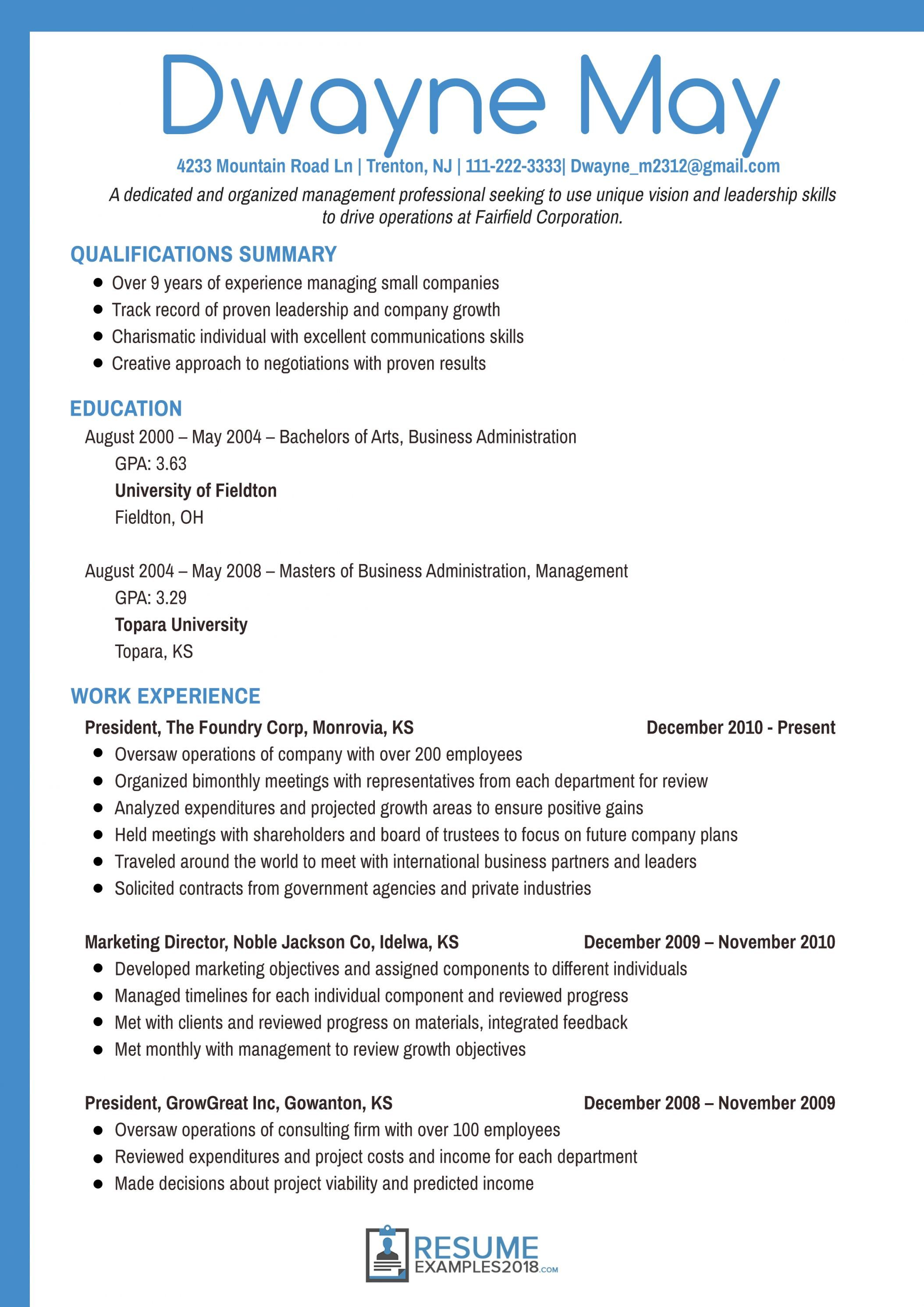Learning or Money- What keeps you motivated in a Job?

Executive Summary

Motivation is a crucial factor in job satisfaction and performance. Whether it’s the pursuit of knowledge or financial rewards, understanding the different motivations that drive individuals can help organizations create workplaces that foster engagement and productivity. This article explores the key drivers of job motivation, focusing on the contrasting perspectives of learning and monetary incentives, and provides a comprehensive analysis of the top subtopics related to job motivation.

Introduction
The workplace has evolved from a mere means of earning a living to a place where individuals seek fulfillment and personal growth. Understanding what keeps employees motivated is essential for organizations to attract, retain, and nurture a talented workforce. This article delves into the two primary drivers of job motivation: learning and money. By examining the benefits and limitations of each perspective, we aim to provide insights that empower individuals and organizations to create work environments that ignite passion and drive success.
FAQs
1. What is the difference between intrinsic and extrinsic motivation?
Intrinsic motivation stems from personal enjoyment or satisfaction, while extrinsic motivation comes from external rewards or incentives.
2. Can learning opportunities compensate for lower salaries?
For some individuals, the opportunity to develop new skills and knowledge may outweigh financial considerations, but the balance between these factors can vary depending on personal priorities and circumstances.
3. How can organizations foster a culture of learning and development?
Organizations can promote learning by providing training programs, mentoring, and opportunities for employees to take on new challenges and responsibilities.
Top 5 Subtopics
Intrinsic Motivation
Intrinsic motivation is fueled by internal factors such as personal interest, curiosity, and a sense of accomplishment. Key aspects include:
- Autonomy: Individuals have the freedom to make decisions and control their work.
- Purpose: The job aligns with their values and provides a sense of meaning.
- Feedback: Regular recognition and feedback help employees track progress and improve.
- Growth mindset: Employees embrace challenges and view learning as an ongoing process.
- Meaningful work: The task has intrinsic value and contributes to a larger purpose.
Extrinsic Motivation
Extrinsic motivation is driven by external rewards such as money, status, and promotions. Key aspects include:
- Compensation: Salaries, bonuses, and benefits are important financial incentives.
- Recognition: Rewards, praise, and public acknowledgment boost morale and productivity.
- Status: Positions of authority or prestige can motivate individuals who value social standing.
- Promotions: Advancement opportunities provide financial gains and career growth.
- Tangible rewards: Gifts, perks, or vacations can be effective extrinsic motivators.
Balance between Learning and Money
Finding the optimal balance between learning and money is crucial for sustained motivation. Key considerations include:
- Personal priorities: Individuals should assess their priorities and determine what is most important to them at different stages of their careers.
- Industry and role: Different industries and job roles may have varying degrees of emphasis on learning and financial incentives.
- Culture and values: Organizational culture and company values can influence the relative importance of learning and money for employees.
- Age and experience: Individuals’ priorities may shift as they gain experience and career advancement.
- Career goals: Understanding long-term career aspirations can help guide the choice between learning opportunities and financial rewards.
The Role of Leadership
Leadership plays a significant role in fostering motivation. Key strategies include:
- Setting clear goals and expectations: Leaders should communicate clear goals and provide regular feedback.
- Creating a supportive work environment: Trust, respect, and collaboration are essential for creating a motivating workplace.
- Recognizing and rewarding effort: Leaders should acknowledge and reward both learning and monetary achievements.
- Providing opportunities for growth and development: Leaders can help employees identify and pursue learning opportunities that align with their career aspirations.
- Empowering employees: Giving employees autonomy and decision-making authority fosters intrinsic motivation.
Conclusion
Motivation is a complex and multifaceted concept that is influenced by both intrinsic and extrinsic factors. Understanding the different drivers of motivation can help organizations and individuals create workplaces that foster engagement, productivity, and employee well-being. By considering the balance between learning and money, organizations can empower their employees to develop their skills, achieve their career goals, and drive organizational success. It’s important to note that motivation is not a static state but rather a dynamic process that requires ongoing attention and support to maintain high levels of engagement and job satisfaction.
Keywords
- Job motivation
- Intrinsic motivation
- Extrinsic motivation
- Learning opportunities
- Compensation






